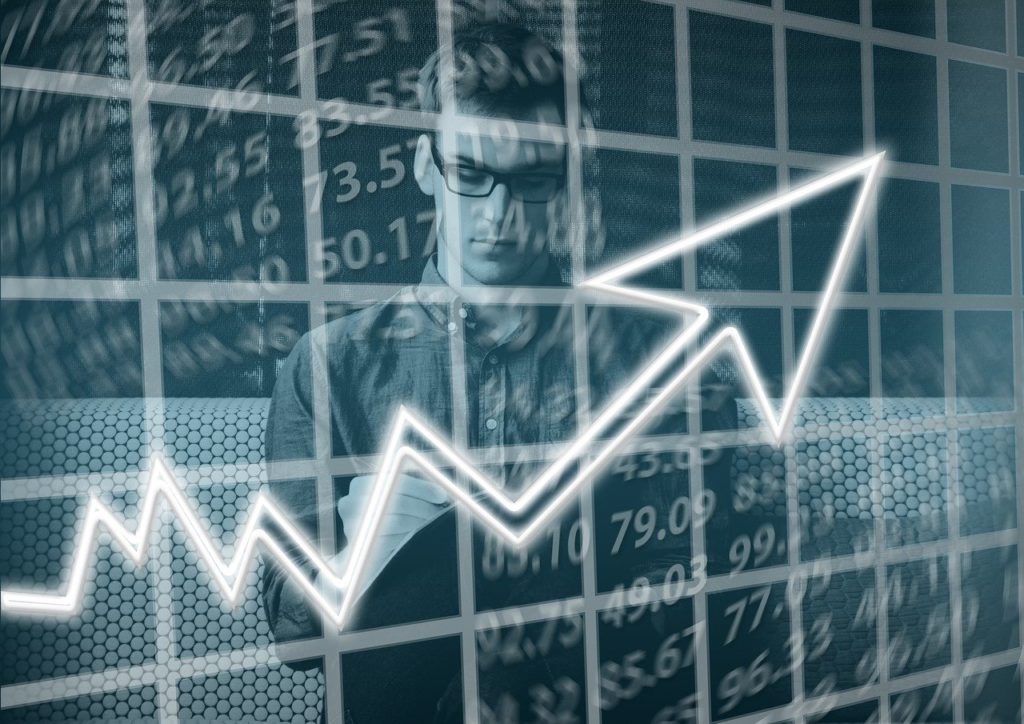With Ukraine not being a member of NATO, Western powers have no obligation or appetite to intervene militarily. Instead, financial and economic sanctions are the preferred weapon of response and the West has demonstrated remarkable speed and coordination in their imposition, even though some measures will inflict pain on their own economies.

Almost certainly the most damaging to Russia of the steps taken so far are the sanctioning of Russia’s central bank (“CBR”) and the exclusion of some of Russia’s largest commercial banks from the SWIFT international payments network. The sanctioning of the CBR effectively freezes a large proportion of Russia’s foreign exchange reserves and its ability, therefore, to defend the value of the Russian rouble.
The day after the CBR was sanctioned, the rouble slumped by more than 20% even though Russian interest rates were more than doubled from 9.5% to 20%. Soaring inflation, caused by the freefall of the rouble, and the huge increase in the cost of borrowing will inflict immense economic hardship on ordinary Russian people and companies. At the same time, the banning of Russian banks from SWIFT makes it much more difficult for Russian companies to conduct international trade, including all-important exports of gas and oil.
Unsurprisingly, the prospect of supply being disrupted has caused commodity prices to spike. The price of natural gas has risen by more than 20% so far in 2022 and this follows a rise of more than 50% in 2021. The price of wheat, of which Russia is the world’s biggest exporter and Ukraine the fourth biggest, has risen by almost 30% and the price of oil is above US$100 per barrel for the first time since 2014. These increases will only exacerbate the cost-of-living squeeze in Western economies. They will also fuel inflation and dampen economic growth, although the latter may make central banks more cautious with regards to the pace of interest rate increases.
GWMAM expect global equity markets to remain volatile whilst the conflict rages. Despite the country’s size, both geographically and economically, Russia’s stock market is very small in global terms. More importantly, the exposure to companies listed in Russia or Russian companies listed on other stock markets in the portfolios we manage is negligible.
Making investment decisions and major changes to portfolios against such a volatile and uncertain backdrop is, of course, extremely difficult. As the table and graph below show, however, past precedents, suggest that the best investment strategy is to hold one’s nerve and remain invested, especially in the eye of the storm. Our team will continue to monitor the situation very closely. As greater clarity begins to emerge about the medium-term impact on economic growth, inflation, interest rates and corporate profits we will not hesitate to make any appropriate changes to portfolios that we judge to be in the best interests of our clients.
Wars don’t have a long-term impact on markets
As we watch the horrific events unfold in Ukraine, GWMAM do not want to downplay for a moment the emotional and economic scarring being inflicted on those who are directly and unintentionally being caught up in the conflict. Hundreds of thousands of civilians are being displaced and a full-blown refugee crisis is underway.
However, looking at how the FTSE 100 Index was affected by both the Gulf War in 1990 and the 9/11 terrorist attacks, it shows how quickly stock markets can recover from such events. In August and September 1990, the FTSE 100 fell 13.5% but it had recouped all of this loss by February 1991. Similarly, the FTSE 100 fell 8.1% in September 2001 but this loss was recovered by March 2002.
If the war remains contained within Ukraine and Russia, then historical precedent suggests stock market losses will be short-lived and investors will quickly look beyond the conflict.
The risk of panic selling
If you panic and sell:
- You lock in your losses.
- You miss out on the best returns that often follow.
Some of the biggest daily losses have been followed by some of the biggest daily gains. In the final quarter of 2008, for example, the FTSE 100 Index saw four of its worst ten days since 1986. However, over the same period the Index also experienced six of its best ten days. This just goes to show that timing the market is impossible over the short term.
PLEASE NOTE: The value of investments, and any income from them, can fall and you may get back less than you invested. Neither simulated nor actual past performance are reliable indicators of future performance. Information is provided only as an example and is not a recommendation to pursue a particular strategy.

